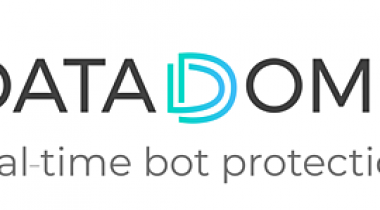Cloudflare provides advanced DDoS protection including DNS Amplification, SYN/ACK, Layer 7 Attacks.
Cloudflare DDoS Protection
Customer Reviews
Cloudflare DDoS Protection Reviews
Greg H.
Advanced user of Cloudflare DDoS ProtectionWhat do you like best?
Even a tiny SMB can use Cloudflare and benefit from the free tier. Adding a domain to cloudflare takes a few minutes if you have access to the domain registrar and DNS provider.
Simply login and add the domain, Cloudflare will scan the zone for DNS records and show you them - regular customer domains can be checked for missed records in a minute or so, then you just change the nameservers to the two Cloudflare servers provided.
At that point, as soon as you're notified the domain is under attack, all you have to do is slide the "I'm under attack" to 'ON'.
If you sustains a larger DDoS attack, contact them for paid options to mitigate the attack.
What do you dislike?
in the early days many customer DNS records would get missed, but lately they seemed to have worked on that a lot.
I wish they had an app so that I could more easily deploy the "Under attack mode" where-ever I am.
Recommendations to others considering the product:
Just try it on a single domain. You won't look back.
What problems are you solving with the product? What benefits have you realized?
DDoS protection for SMB clients can be cost prohibitive and a pain to implement. Not any more!














